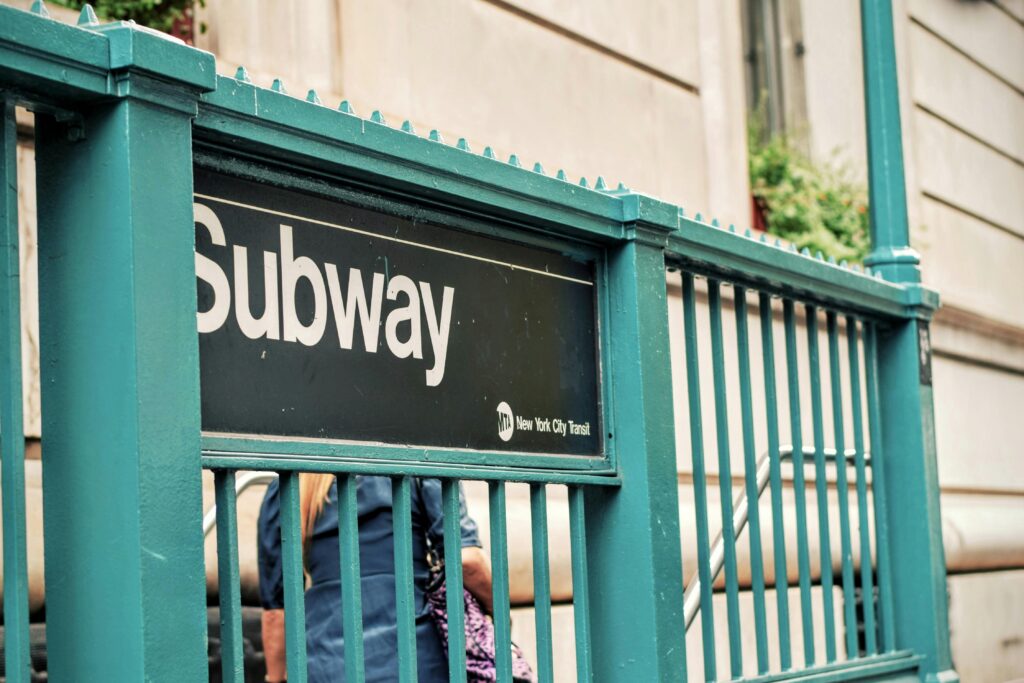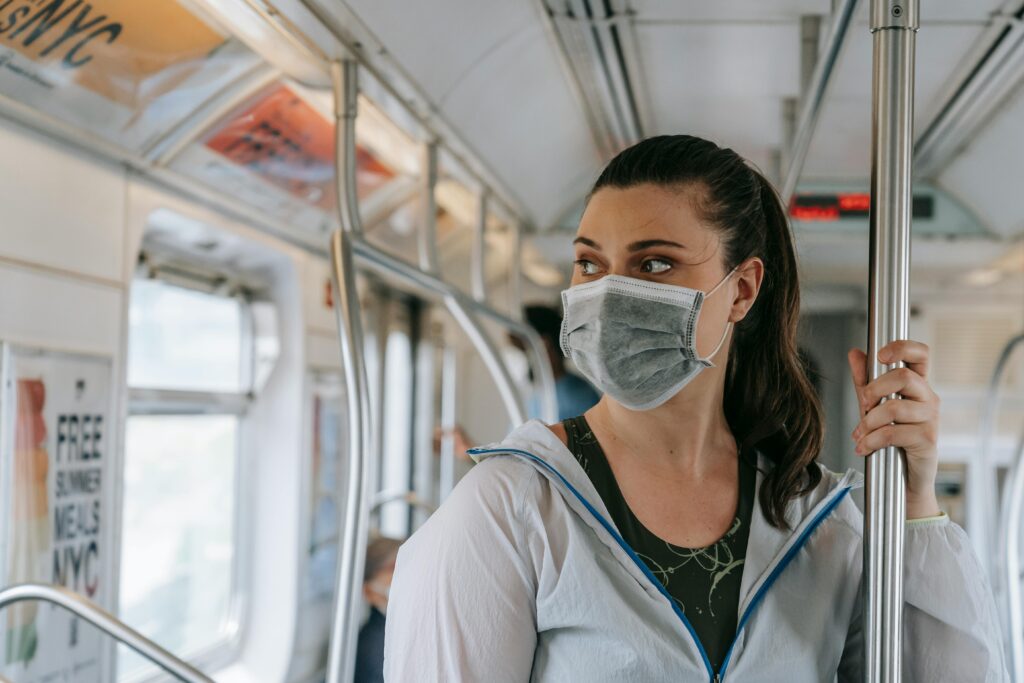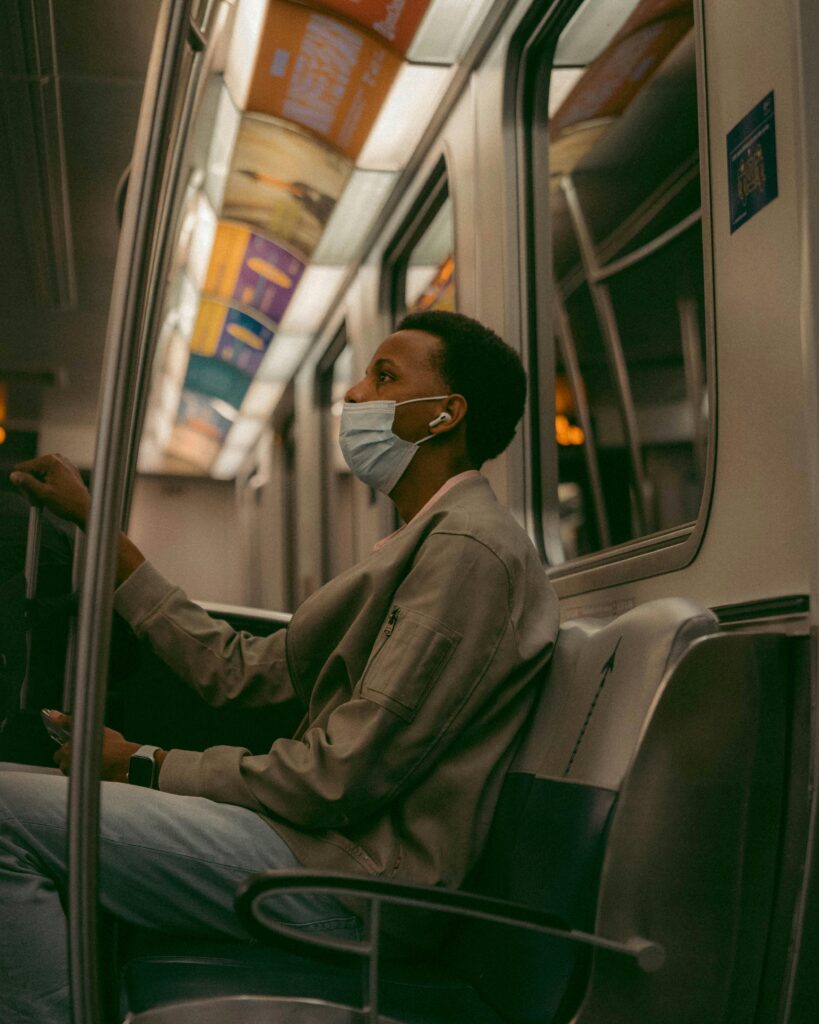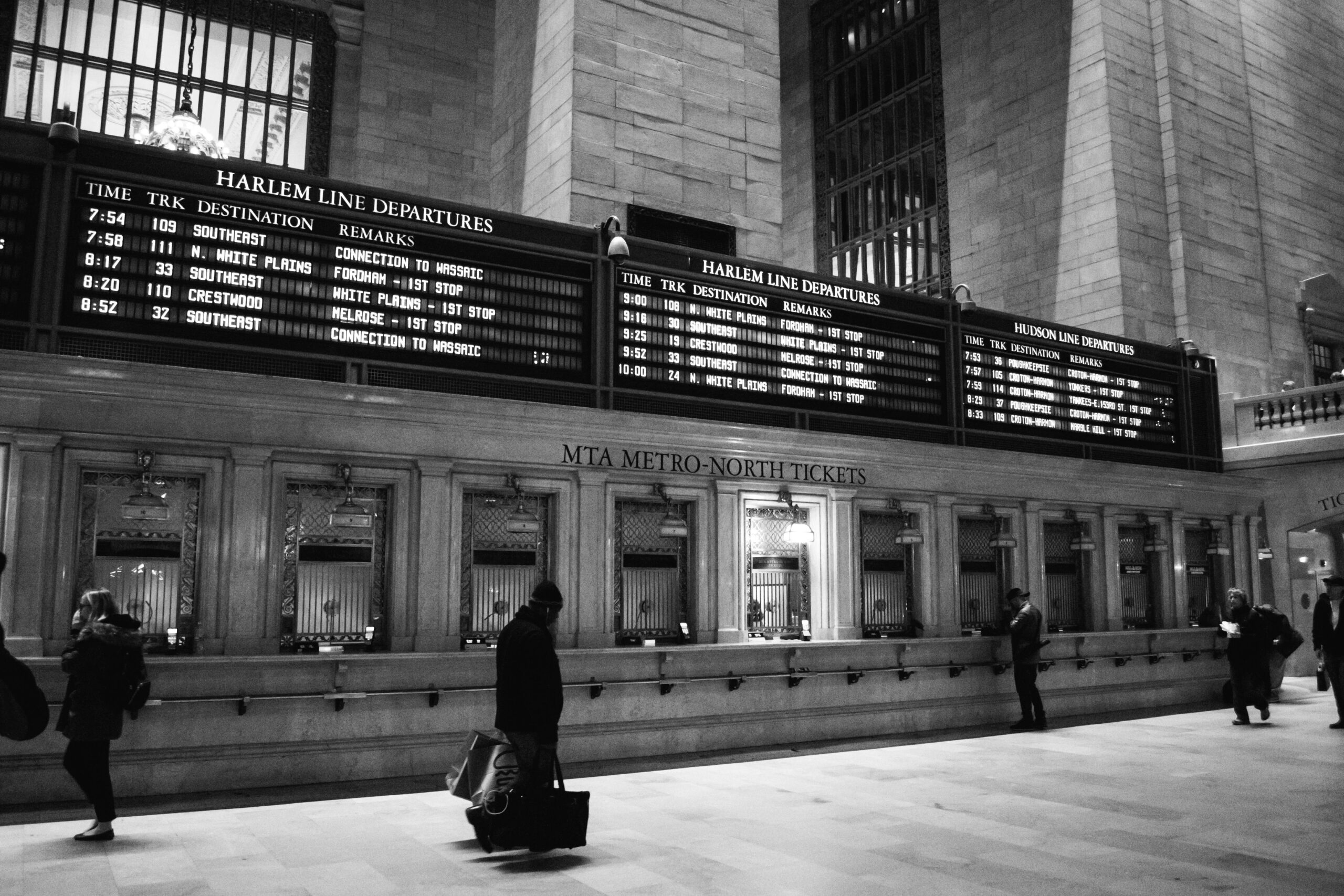Former President Donald Trump recently reignited a contentious debate by asserting that crime on New York City’s subway system is “out of control.” Citing selective statistics, Trump’s comments have spurred discussions about the actual safety of the NYC MTA, the reliability of the reported data, and the broader implications for public policy and urban transit security. This article delves deeper into these claims, analyzes the numbers, and explores additional perspectives that the initial reports may have overlooked.

Trump’s Statements and the Political Context
In his recent remarks, Trump claimed that the crime rate on the NYC subway has surged dramatically, suggesting that the transit system has become a haven for criminal activity. These assertions are intended to support a broader political narrative about urban decline and the need for stricter security measures. However, critics argue that such statements often rely on selectively presented data and ignore the nuances behind the statistics.
Decoding NYC MTA Crime Statistics
A detailed review of the available data reveals a more complex picture:
- Historical Trends: While certain crime categories on the subway have seen slight increases, overall violent and property crime rates have not spiked as dramatically as some might suggest. In fact, many figures remain consistent with long-term trends that show periods of fluctuation rather than a continuous upward surge.
- Reporting Variations: Changes in law enforcement protocols and data collection methods can lead to temporary increases in reported incidents. Enhanced reporting standards, for example, may give the impression of rising crime even if the underlying situation remains relatively stable.
- Comparative Analysis: When compared to other major U.S. cities with extensive transit networks, New York City’s system often fares better on safety metrics. Continuous investments in security and technology contribute to maintaining a relatively secure environment for millions of daily riders.
MTA’s Response and Enhanced Security Measures
In response to growing concerns, MTA officials have stressed that safety is paramount. The transit authority has implemented a range of initiatives to address public worries:
- Upgraded Surveillance: The installation of advanced camera systems and real-time monitoring has improved the ability to detect and respond to incidents promptly.
- Strengthened Law Enforcement Collaboration: The MTA works closely with the NYPD and other agencies to ensure swift intervention during emergencies, bolstering overall security.
- Community Engagement: Outreach programs aimed at building trust with commuters have been expanded, ensuring that riders feel safer and more informed about ongoing security measures.
- Increased Funding: Recent budget allocations have focused on modernizing transit infrastructure and expanding security personnel training to proactively manage potential threats.
Broader Implications and Social Impact
Trump’s remarks, while politically charged, have broader implications beyond transit safety:
- Public Perception: Politically motivated interpretations of crime data can heighten public anxiety, potentially reducing ridership and undermining confidence in public transportation.
- Economic Effects: The perception of an unsafe transit system can have significant economic repercussions, affecting everything from daily commuter productivity to long-term investment in urban infrastructure.
- Policy Debates: The discussion has spurred calls for increased federal and state support for urban safety initiatives, highlighting the need for balanced, data-driven policy responses that address real issues without sensationalism.

Additional Perspectives and Overlooked Details
Several factors deserve further examination beyond the immediate controversy:
- Long-Term Trends vs. Short-Term Fluctuations: Experts emphasize the importance of analyzing long-term data rather than reacting to short-term increases that may result from improved reporting practices.
- Comparative Urban Security: Insights from global cities reveal that while challenges persist, coordinated efforts involving technology, community policing, and infrastructure investments can significantly mitigate safety concerns.
- Economic and Social Ramifications: A secure transit system is vital not only for public safety but also for the economic vitality of New York City. Investments in security have a multiplier effect, enhancing commuter confidence and stimulating local business.
- Media and Political Rhetoric: The selective use of crime statistics in political discourse can distort public perception, making it essential for policymakers and media outlets to provide a balanced analysis that considers both data and context.
Frequently Asked Questions
Q: What exactly did Trump claim about NYC MTA crime?
A: Trump asserted that crime on the NYC subway system is “out of control,” suggesting a dramatic surge in incidents, though critics contend this view is based on selectively presented data.
Q: Are the NYC MTA crime statistics reliable?
A: While the reported numbers are accurate as collected, changes in reporting methods and law enforcement practices can influence short-term figures. Overall, long-term trends indicate a more stable situation.
Q: How is the MTA addressing safety concerns?
A: The MTA has increased surveillance, improved collaboration with law enforcement, expanded community outreach, and allocated more funds for security upgrades to ensure a safer transit environment.
Q: How do NYC’s transit crime rates compare with other cities?
A: Despite occasional fluctuations, NYC’s transit system generally performs well compared to other major metropolitan areas, benefiting from robust security measures and proactive policy initiatives.
Q: Can short-term increases in crime data be misleading?
A: Yes. Temporary spikes may reflect enhanced reporting protocols rather than a genuine surge in criminal activity, emphasizing the need for a long-term perspective.
Q: What impact do these statements have on public perception?
A: Politically charged statements can amplify fears and negatively impact public confidence in the transit system, potentially leading to reduced ridership and economic implications.
Q: What are the broader economic implications of perceived transit insecurity?
A: An unsafe image of public transit can affect the local economy by discouraging commuters, impacting productivity, and undermining investments in urban infrastructure.
Q: What should be considered for a balanced view of transit safety?
A: It’s important to look at long-term trends, compare data across cities, and consider both statistical evidence and the broader context of urban security measures.

Conclusion
The debate surrounding Trump’s claims about NYC MTA crime statistics underscores the complex interplay between political rhetoric, public perception, and the reality of urban transit safety. While selective data can be used to craft a compelling narrative, a comprehensive analysis reveals that New York City’s subway system continues to benefit from significant investments in security and technology. By maintaining a balanced view and addressing both short-term fluctuations and long-term trends, stakeholders can work together to ensure that public transit remains a safe and vital component of urban life.
Sources The New York Times


